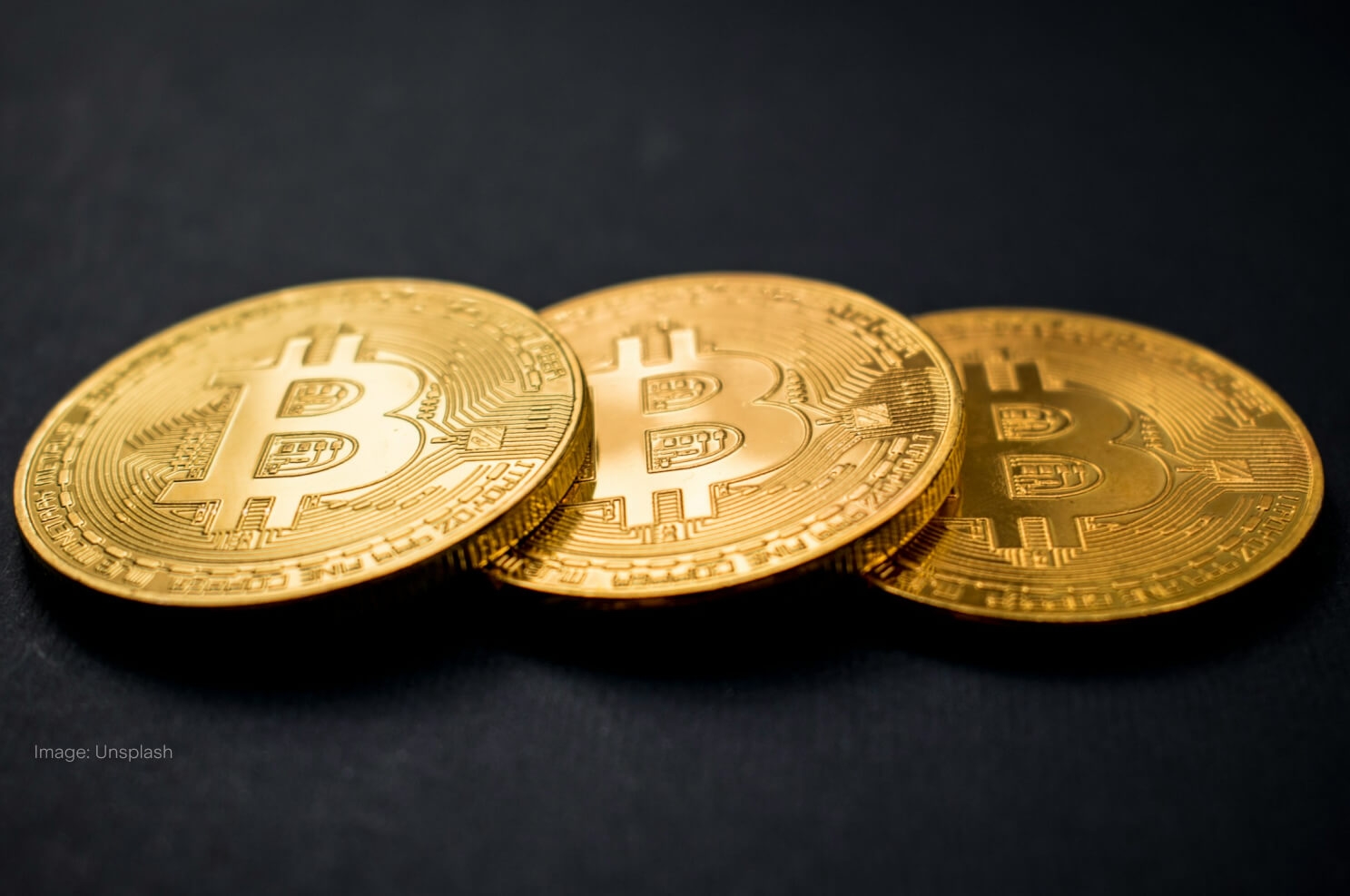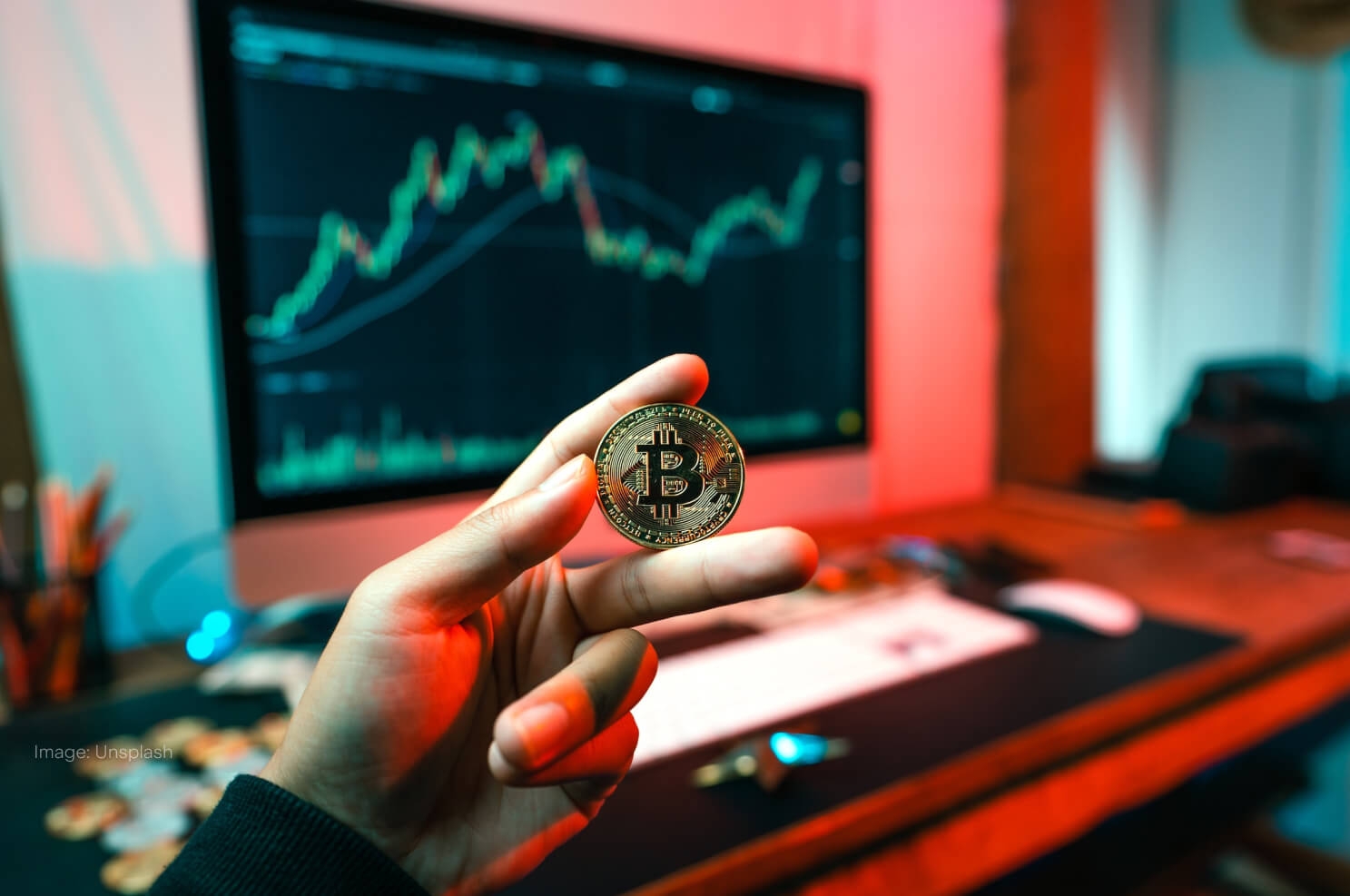
Bitcoin halving 2024: Everything to know about the Bitcoin halving
A new Bitcoin halving event took place in April 2024. Find out about why it happened and what happens next.
What is the Bitcoin halving?
The Bitcoin halving is an event that halves the reward that miners receive for validating and adding new blocks to the blockchain, in effect reducing the creation of new Bitcoin by half.
It occurs approximately every four years in the Bitcoin network, specifically after every 210,000 blocks are mined. It is a key feature designed to control the supply of new Bitcoins entering circulation and, consequently, to regulate inflation.
Bitcoin operates on a proof-of-work consensus mechanism, where Bitcoin miners use computational power to solve complex mathematical puzzles, validate transactions and add new blocks to the Bitcoin blockchain.
In return for their efforts, there’s a Bitcoin mining reward for them, as they earn newly-minted Bitcoins and transaction fees.
How does Bitcoin halving work?
The Bitcoin protocol was programmed to limit the total supply to 21 million Bitcoins. To achieve this, the reward for each mined block is halved approximately every four years. With each halving, the rate of inflation decreases, ultimately approaching zero as the total supply approaches its maximum limit of 21 million Bitcoins.
This limit is intended to mimic the scarcity of precious metals like gold and is a key element in Bitcoin's design to be a deflationary digital currency.
Why is the Bitcoin halving important?
Bitcoin halvings are important for several reasons.
Firstly, they control the rate at which new Bitcoins are created, contributing to Bitcoin’s scarcity. A halving event is also a mechanism to manage inflation in the Bitcoin ecosystem.
Every time Bitcoin halves, the reward for miners decreases and the rate of new supply entering the market slows down, creating a deflationary economic model.
Plus, Bitcoin halving events generate interest and speculation in the cryptocurrency market.
Some investors anticipate that as the supply of Bitcoin decreases, there will be an increase in demand for the coin which potentially leads to higher prices.
Overall, the Bitcoin halving plays a crucial role in shaping the economic and monetary characteristics of Bitcoin.
Bitcoin halving history
There have been four Bitcoin halving dates since the inception of the cryptocurrency.
- First Bitcoin halving (2012): The first event occurred on 28 November 2012. The block reward was reduced from 50 Bitcoins to 25 Bitcoins per block.
- Second Bitcoin halving (2016): The second halving took place on 9 July 2016. The block reward was further reduced from 25 Bitcoins to 12.5 Bitcoins per block.
- Third Bitcoin halving (2020): The third halving occurred on 11 May 2020. The block reward was halved again from 12.5 Bitcoins to 6.25 Bitcoins per block.
- Fourth Bitcoin halving (2024): The fourth halving occurred on 19 April 2024. The block reward was halved again from 6.25 Bitcoins to 3.125 Bitcoins per block.
When was the last Bitcoin halving?
The most recent Bitcoin halving occurred on 19 April 2024. During this event, the block reward for miners was reduced from 6.25 Bitcoins to 3.125 Bitcoins per block.
When is the next Bitcoin halving?
The exact date of a future Bitcoin halving can’t be predicted with certainty as it is dependent on the mining of blocks. However, a halving event is expected to happen in late March 2028, as the block number 1,050,000 is mined. When this occurs, Bitcoin mining rewards will drop from 3.125 Bitcoins to 1.5625
Does the BTC price go up or down after Bitcoin halvings?
Predicting the exact direction of Bitcoin's price movement after a halving event is challenging.
Bitcoin price can be influenced by many external factors, including general market sentiment, supply/demand dynamics, macroeconomic trends, regulatory developments and global events.
There has been speculation that Bitcoin's price could increase after halving due to a reduced number of new Bitcoin entering circulation.
Spot BTC ETFs have also further pushed the cryptocurrency into the mainstream which could also have a lasting impact on the Bitcoin price.
The price of Bitcoin through previous halving events
The Bitcoin price has seen marked rises after all previous Bitcoin halvings.
However, past performance is not indicative of future results, and the cryptocurrency market is known for its volatility.
It's also important to note that cryptocurrency markets are highly speculative and are subject to rapid and unpredictable changes.
If you're to trade Bitcoin or any other cryptocurrency, it's essential to conduct thorough research, keep updated on market developments and be aware of the associated risks.
When will Bitcoin stop halving?
Bitcoin halvings continue every 210,000 blocks until a total of 32 halving events have occurred. This is when the maximum supply of 21 million Bitcoins have been reached and is projected to occur around the year 2140.
Once the last halving has occurred, the reward for mining Bitcoin would theoretically be reduced to zero. After this point, miners would be compensated solely through transaction fees.
Is the Bitcoin halving a good time to invest?
Whether the Bitcoin halving is a "good" time to invest in Bitcoin or Bitcoin ETFs depends heavily on individual circumstances, risk tolerance and investment goals. It's crucial to understand that past performance is not indicative of future results and that investing in any asset, including Bitcoin, carries inherent risks. Here are the main things an investor needs to consider before buying Bitcoin:
Past performance
Historically, Bitcoin's price has experienced significant increases after halving events. However, it's important to note that:
- This is not guaranteed and past performance does not predict future results.
- These increases were accompanied by periods of significant volatility and market corrections.
- The timing and magnitude of these increases have varied significantly. For example, after the 2020 halving, the price took several months to rise substantially.
- Factors such as broader economic conditions and regulatory changes also played a role in price movements.
Current market conditions
- The cryptocurrency market, including Bitcoin, is highly volatile and susceptible to external factors.
- The current economic climate and regulatory landscape are uncertain, which could impact the price of Bitcoin and its acceptance as a serious measure against traditional fiat currencies.
Risks
- Bitcoin prices, like any cryptocurrency’s price, could decrease. While there is always speculation that halving leads to price increases, it's not a guarantee. The crypto market is highly volatile and prices can fluctuate significantly.
- The timing of any price increase is uncertain. Even if the price does eventually rise, it could take months or even years.
- Like any financial instrument, investing in Bitcoin is inherently risky. It's a highly speculative asset with no guarantee of returns.

Bitcoin halving FAQs
How many Bitcoin halvings are left?
After the next halving, there are still 27 halvings remaining until the Bitcoin network has reached a supply of 21 million. After this final halving there’ll be no more new Bitcoin introduced to the market.
What happens when all Bitcoins have been mined?
When all BTC is mined around 2140, the total Bitcoin supply will reach 21 million, making it a fixed-supply currency and deflationary asset.
Miners will have to rely on fees paid for Bitcoin transactions instead of block rewards as an incentive for them to continue bolstering network security.
How does the Bitcoin halving impact miners?
The Bitcoin halving directly impacts miners by reducing their per-block rewards by 50%. This reduced Bitcoin reward translates to decreased revenue.
Miners need to adapt by exploring more cost-efficient solutions, such as new equipment or relocating to areas with lower energy costs, to maintain profitability.
This does not constitute financial product advice nor a recommendation to invest in the securities listed. Past performance is not a reliable indicator of future performance. When you invest, your capital is at risk. You should consider your own investment objectives, financial situation, particular needs. The value of your investments can go down as well as up and you may receive back less than your original investment. As always, do your own research and consider seeking appropriate financial advice before investing.
Any advice provided by Stake is of general nature only and does not take into account your specific circumstances. Trading and volume data from the Stake investing platform for reference purposes only, the investment choices of others may not be appropriate for your needs and is not a reliable indicator of performance.

Rodrigo is a seasoned finance professional with a Finance MBA from Fundação Getúlio Vargas, one of Brazil's premier business schools. With seven years of experience in equities and derivatives, Rodrigo has a profound understanding of market dynamics and microstructure. Having worked for Brazil’s biggest retail algorithmic trading platform SmarttBot, his expertise focuses on risk management and the analysis, development and evaluation of trading systems for both U.S. and Brazilian stock exchanges.


